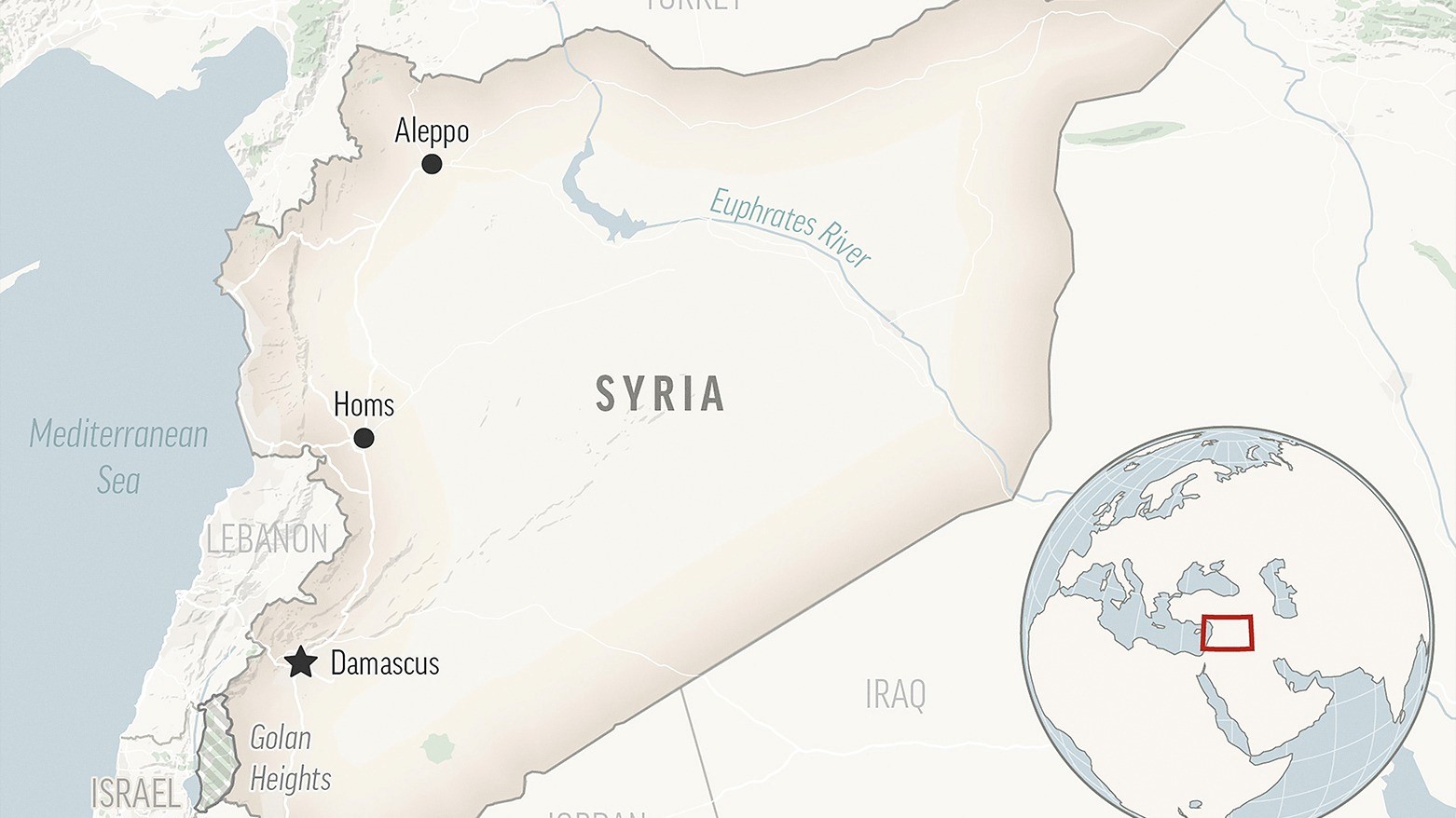US forces eliminate senior Hurras al-Din figure in Syria
"CENTCOM remains committed to the enduring defeat of terrorists in the CENTCOM area of responsibility who threaten the United States, its allies and partners, and regional stability," CENTCOM Commander, Gen. Michael Erik Kurilla, emphasized.

ERBIL (Kurdistan 24) – On Friday, the US Central Command (CENTCOM), in a statement, announced the successful elimination of Abu-’Abd al-Rahman al-Makki, a senior leader of the al-Qaeda-affiliated Hurras al-Din group.
Al-Makki, a prominent member of Hurras al-Din's Shura Council, was responsible for orchestrating a series of terrorist attacks in Syria.
His death, resulting from a targeted strike conducted on Friday, is expected to significantly disrupt the group's ability to plan and execute future operations.
CENTCOM Commander, Gen. Michael Erik Kurilla, emphasized the unwavering commitment of the United States to combatting terrorism in the region.
He stated, "CENTCOM remains committed to the enduring defeat of terrorists in the CENTCOM area of responsibility who threaten the United States, its allies and partners, and regional stability."
U.S. Central Command Forces Killed Hurras al-Din Senior Leader
— U.S. Central Command (@CENTCOM) August 23, 2024
Earlier today, U.S. Central Command Forces killed Hurras al-Din senior leader Abu-’Abd al-Rahman al-Makki in a targeted kinetic strike in Syria. Abu-’Abd al-Rahman al-Makki was a Hurras al-Din Shura Council member… pic.twitter.com/eIxqqU1vFq
Unraveling Hurras al-Din's Threat
Hurras al-Din, meaning "Guardians of Religion Organization," is an al-Qaeda-affiliated armed group that emerged amid the chaos of the Syrian Civil War. Comprising al-Qaeda loyalists and hardliners, the group is committed to advancing al-Qaeda’s global jihadist agenda, which includes attacks against the US and its Western allies.
The group's leadership includes jihadists like Abu Humam al-Shami, who previously served as the general military commander of the Al-Nusra Front and fought alongside al-Qaeda in Afghanistan and Iraq (Read CRS IN FOCUS Report for further information).
Hurras al-Din's roots lie in the opposition to the merger of Jabhat Fatah al-Sham with other groups to form Tahrir al-Sham, highlighting the complex and fragmented nature of jihadist factions in Syria.
Understanding al-Qaeda Affiliation
In an analysis piece written by Tricia Bacon in the International Centre for Counter-Terrorism (ICCT), the nature of al-Qaeda affiliation is explained.
Bacon wrote that al-Qaeda's global network operates through a complex web of affiliates, bound together by a pledge of allegiance known as "bayat" to the group's central leadership.
This pledge signifies a deeper commitment than mere alliance, requiring the affiliate leader to swear loyalty to al-Qaeda's emir, who in turn must acknowledge and accept the pledge.
While al-Qaeda's core has been weakened since the 9/11 attacks, its affiliates continue to pose a significant threat, particularly in regions destabilized by conflict and political turmoil.
The killing of al-Makki represents a major success in disrupting al-Qaeda's operations in Syria, but the fight against this global terrorist network remains ongoing.
CENTCOM's sustained counterterrorism efforts, coupled with those of its allies, aim to dismantle al-Qaeda's leadership structure and deny the group safe havens from which to plan and execute attacks.
The successful targeting of al-Makki and other high-ranking al-Qaeda figures in recent months underscores the commitment to this mission and serves as a warning to those who seek to harm the United States and its partners.
